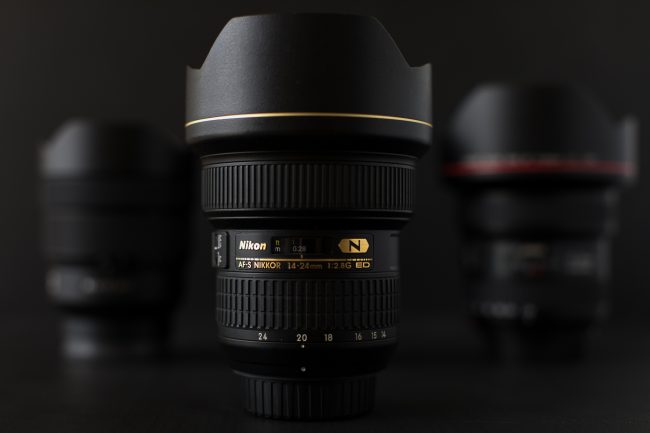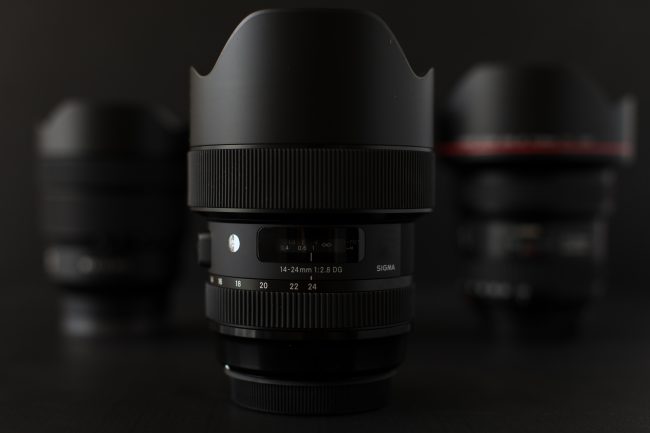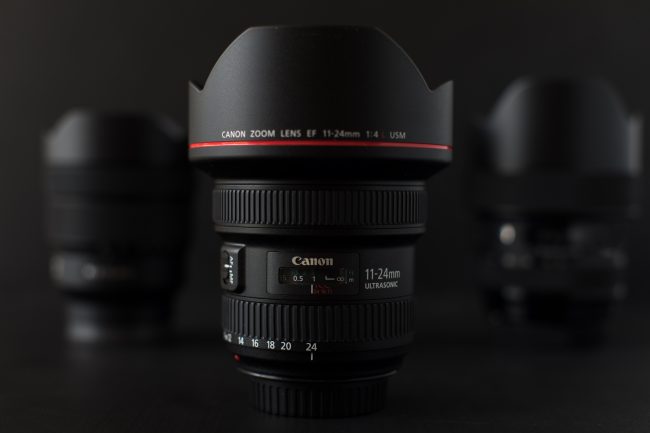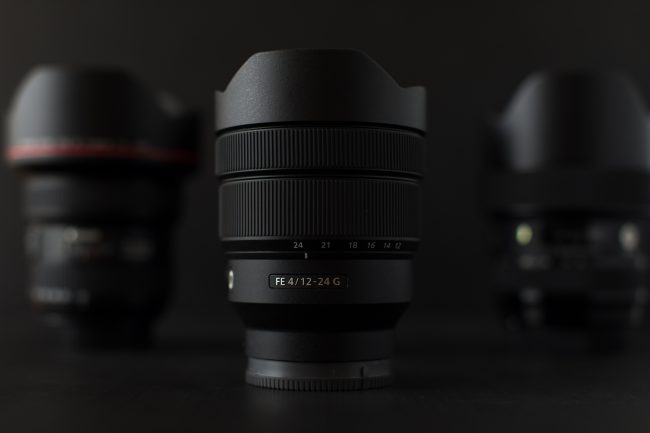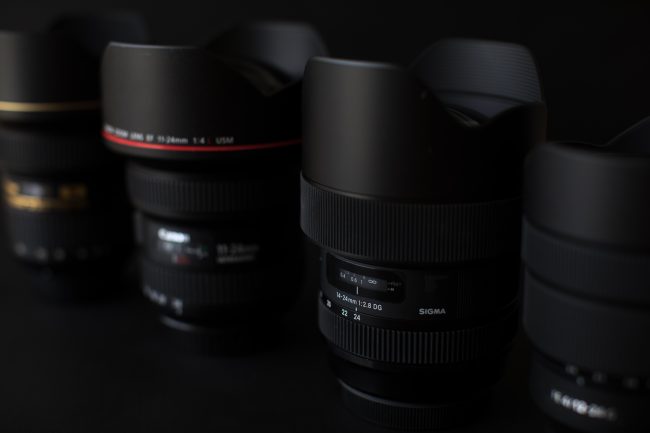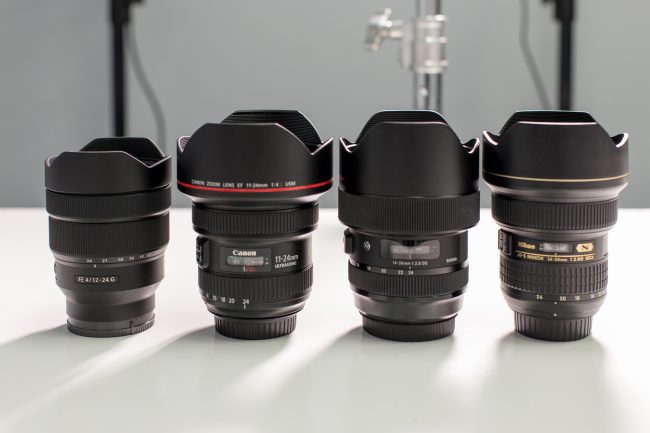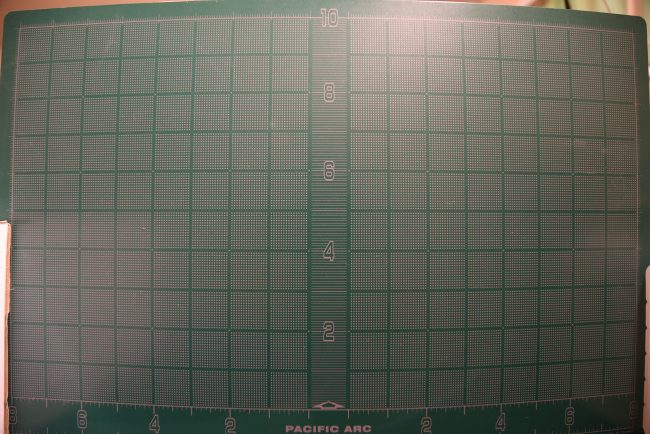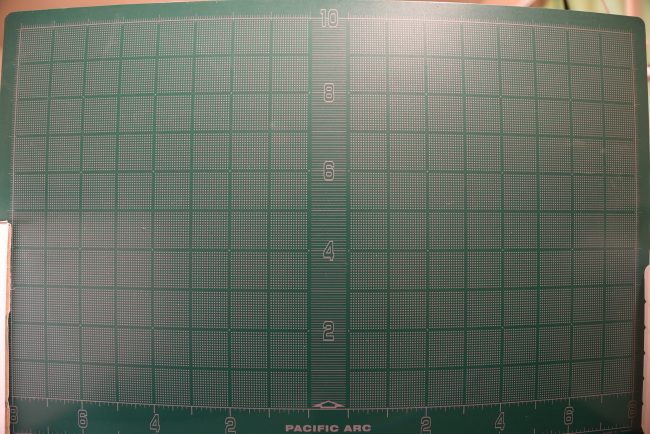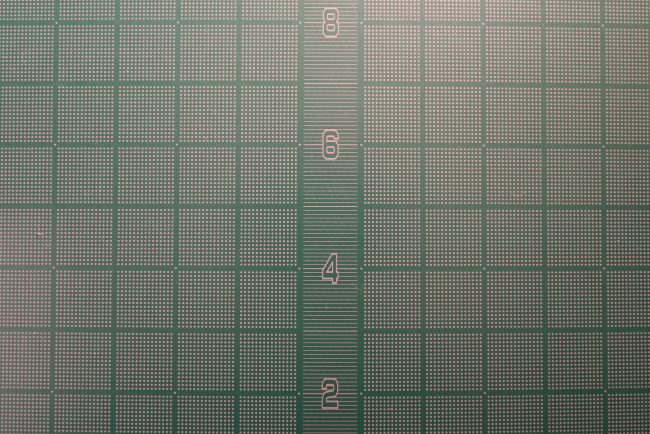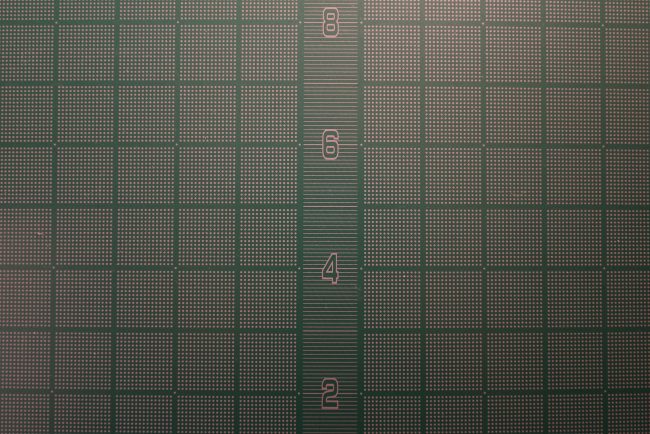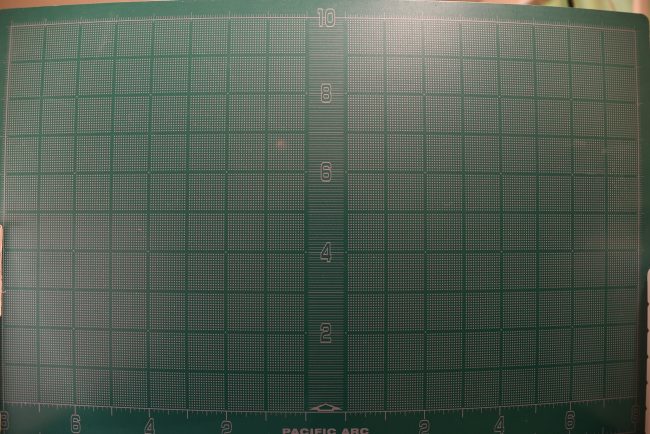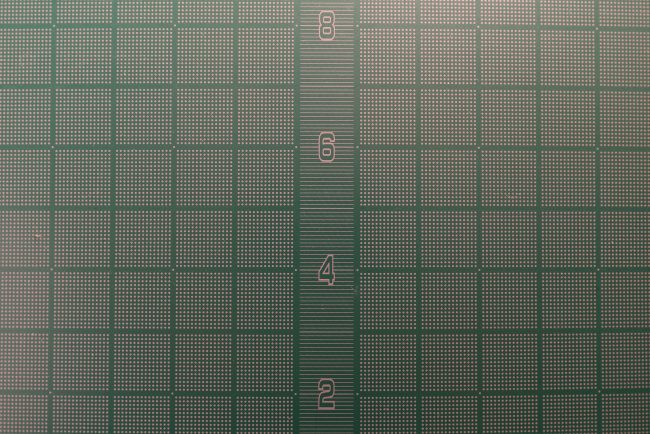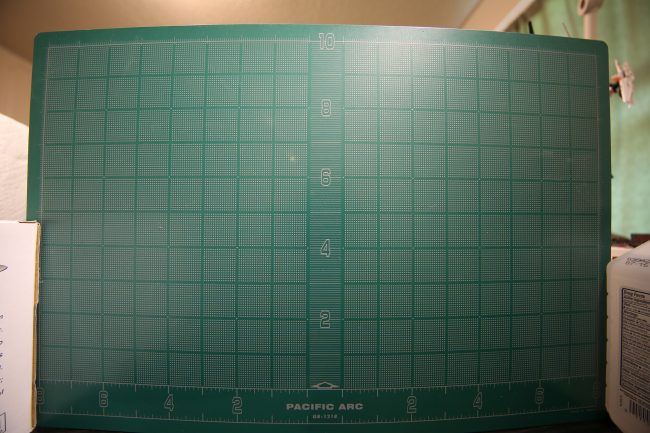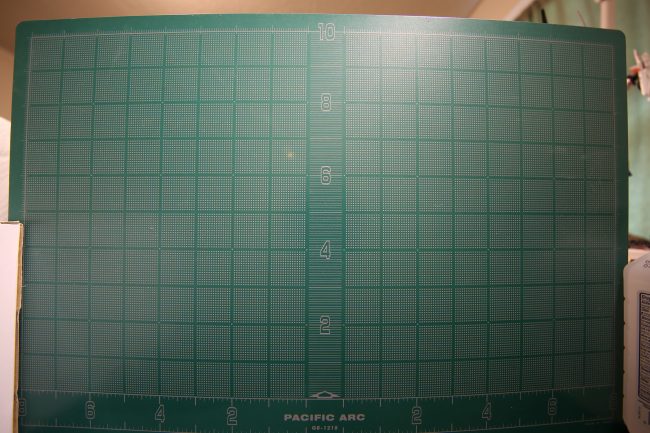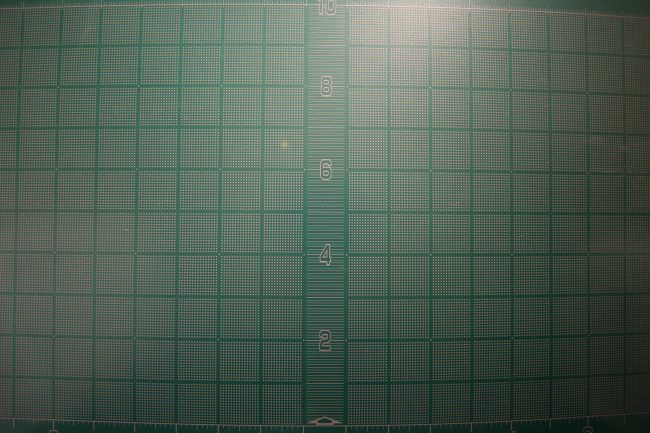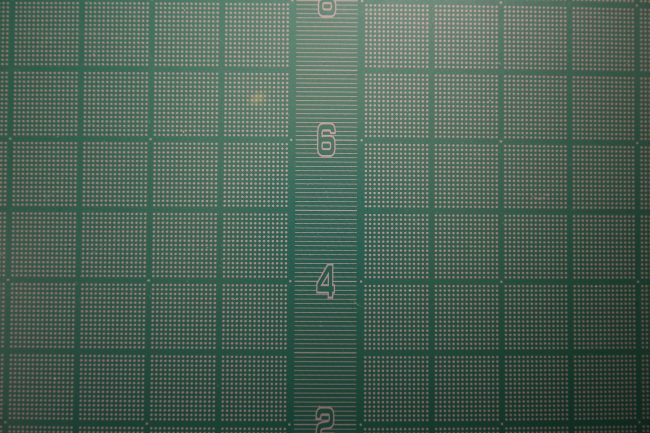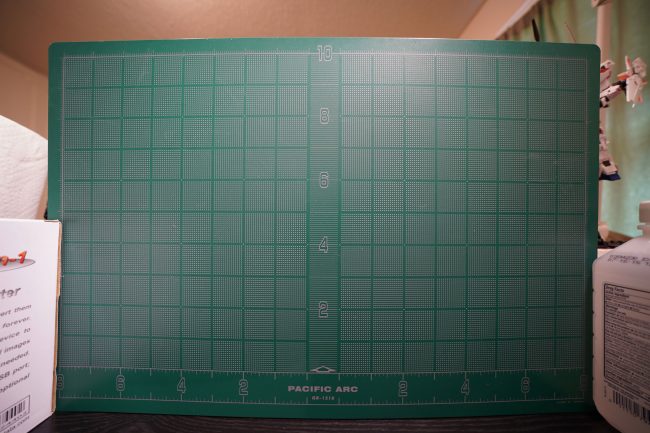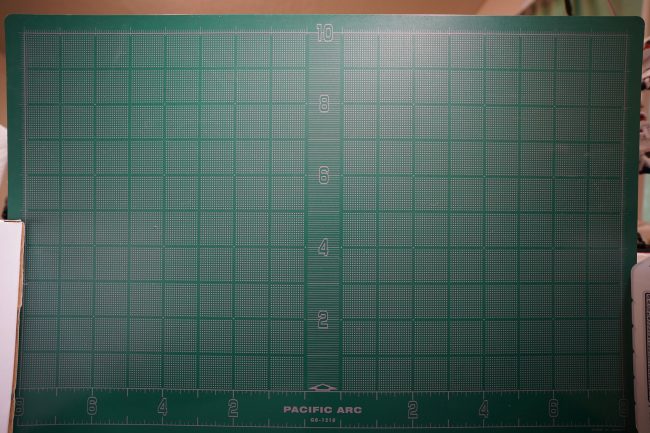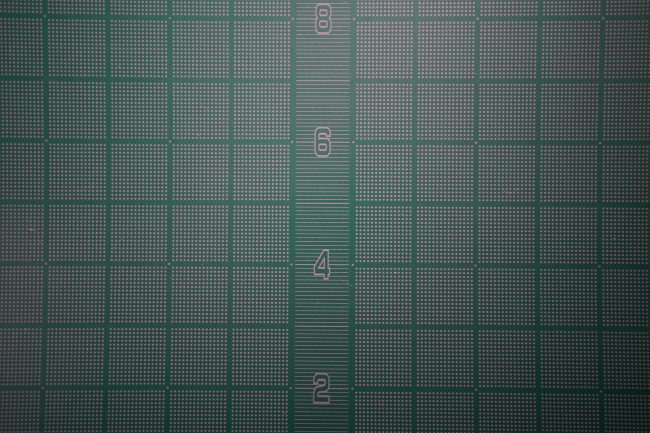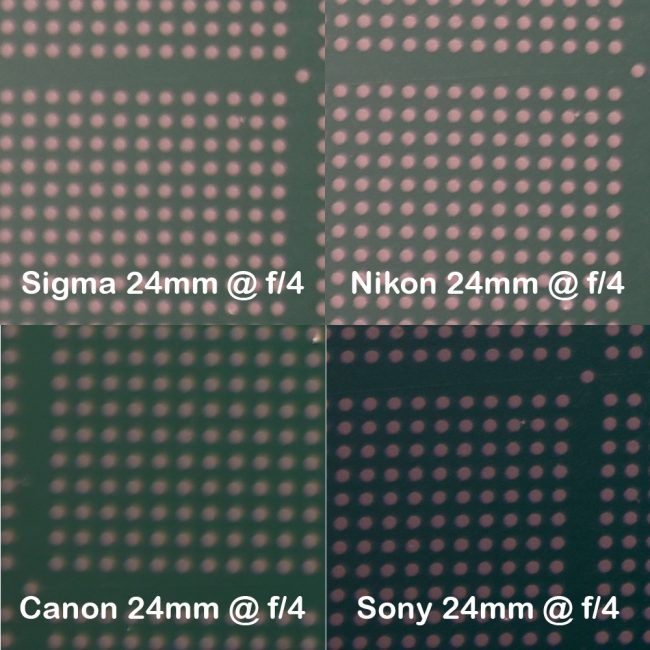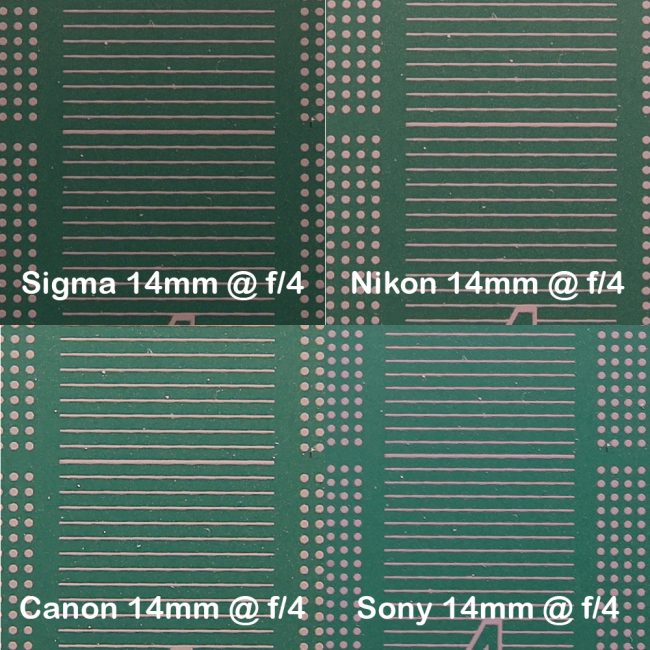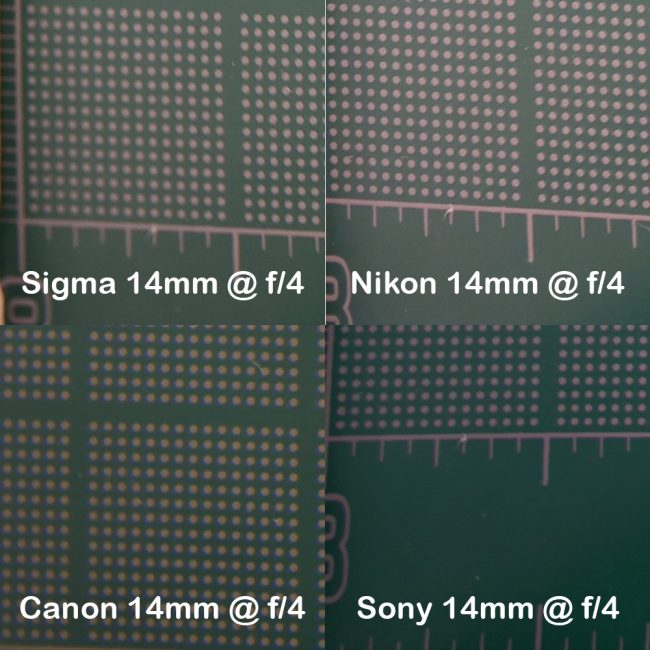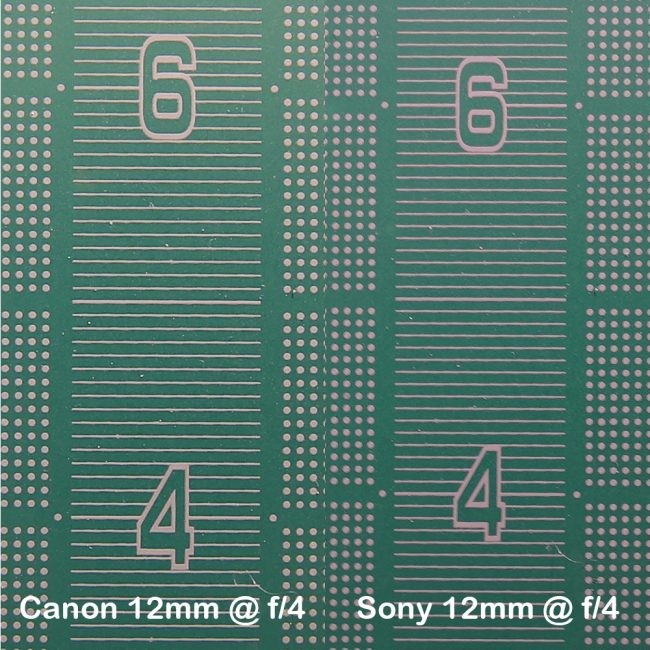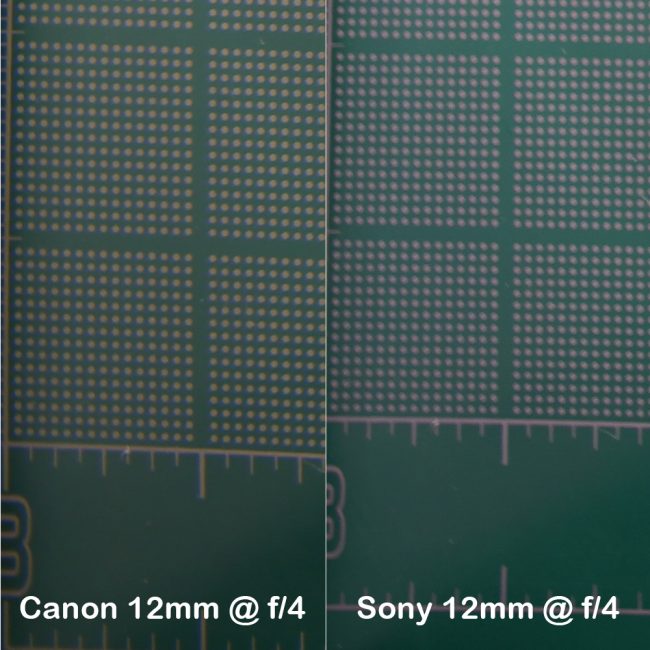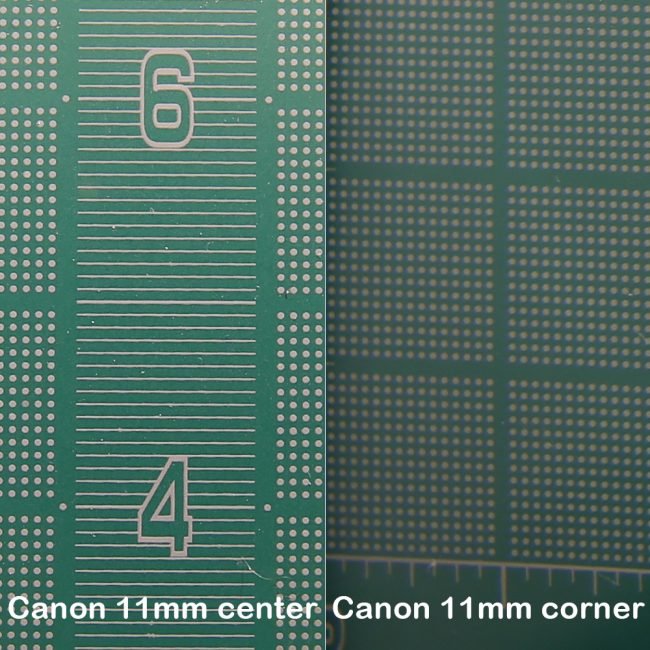Equipment
Comparing the Best Ultra Wide Zoom Lenses from Canon, Nikon, Sony & Sigma
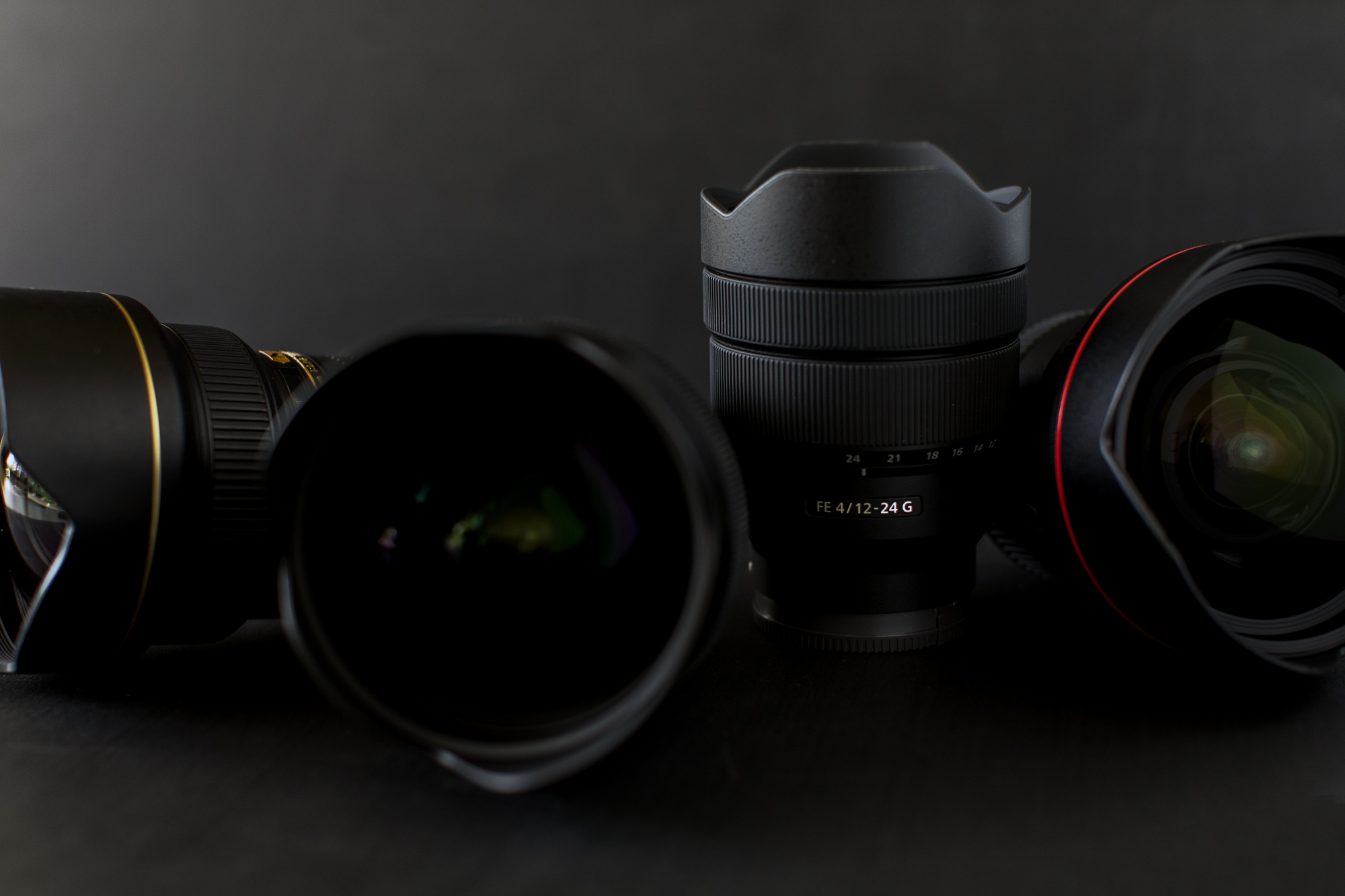
Wide angle zoom lenses are a dime-a-dozen but are often seen on crop-frame cameras. When it comes to full-frame cameras, on the other hand, the wide-angle zoom options are few and far between if you want good range, quality, and low distortion. In this comparison, we’ll be looking at four full-frame lenses. The lenses in question are the Nikon 14-24mm f/2.8G ED AF-S, Sigma 14-24mm f/2.8 DG HSM Art, Canon 11-24mm f/4L, and Sony FE 12-24mm f/4 G.
To begin, I’d like to lay out a comparison of the specifications on these lenses:
Nikon 14-24mm f/2.8G ED AF-S –
- 14-24mm
- f/2.8
- Max Aperture f/22
- Weight 2.2 lbs.
- Length 5.2 in.
Sigma 14-24mm f/2.8 DG HSM Art
- 14-24mm
- f/2.8
- Max Aperture f/22
- Weight 2.5 lbs.
- Length 5.3 in.
Canon 11-24mm f/4L –
- 11-24mm
- f/4
- Max Aperture f/22
- Weight 2.6 lbs.
- Length 5.2 in.
Sony FE 12-24mm f/4 G –
- 12-24mm
- f/4
- Max Aperture f/22
- Weight 1.2 lbs.
- Length 4.6 in.
As you can see from the specifications, the Canon has the widest range, the most substantial weight, and the longest length of the bunch. The Sony has the lightest weight and the shortest length. And both the Sigma and Nikon are f/2.8 which give them the best light gathering ability of the group.
It’s worth noting that none of these lenses offer in-lens Image Stabilization All of these lenses are advertised as being weather and dust resistant (These aspects I did not test, nor do I recommend testing in any way). Let’s start with how these lenses handle.
Feel
To be clear, all of these lenses, aside from the Sony, are heavy and feel heavy. What I mean is, they will fatigue your arms and wrists very quickly if you are trying to hand hold. The Sony is the glaring exception here. Testing was done on the Sony a9 which is a rather weighty mirrorless camera and balanced the 12-24mm very well and made it the most comfortable combination with no fatigue. I carried it around all day and was able to keep it on my hip to bring up at a moment’s notice. While that may not be important for most shooters looking at wide angle zooms, it’s a convenient characteristic that makes it the most versatile of these lenses.
The Canon is the heaviest, and it shows very quickly while shooting. Testing was done on the Canon 5D Mark III which weighs about half a pound less than the lens. That means gravity will be pulling your wrists forward if you try hand holding it. A tripod is the most effective way to use the lens which means you won’t find yourself wanting to pull this out quickly for some fun shots. This is a very deliberate lens, in my opinion, that you’ll want to plan shots around. That’s not to say it isn’t fun, but it loses points for making these front heavy.
The Nikon and Sigma lenses were both tested on the Nikon D750. If the Canon was feeling front heavy, these were worse since the Nikon camera is lighter weight than the Canon in comparison. The Nikon lens is heavy but not nearly as bad as the Sigma. In my tests, the Sigma “feels” heaviest because of the weight difference and balance between camera and lens. This could have been offset a bit by using a weightier camera, but I was trying to match sensors as best as I could. The Sigma was not a fun lens to shoot with as far as feel goes. The Nikon lens, on the other hand, was more average feeling. The weight of the lens is a little better balanced and was a bit more hand-holding friendly.
The Sony feels the best in this category for its light weight and better balance. Canon was the heaviest, and it felt every bit as heavy as it is. That lens is always a struggle to shoot with, for me. Now we move to build quality.
Build Quality
This one is even more complicated than the feel of the lenses. The Sony feels cheap as it is lighter and feels plastic and toyish in comparison to the other lenses, a product of its lightweight. The Canon, in my opinion, seems to be built the best. This lens is massive and feels like it could take a beating. The abundant, curved front element, on the other hand, gives a bit too much area for potential scratches and scuffs, especially knowing that none of these lenses have the option for permanent protective filters. The Sigma and Nikon have roughly the same front diameter and curvature since they both have f/2.8 apertures and 14-24mm range, slightly smaller than the Canon. This makes them a bit less of a target for scratches. The build quality of these two lenses is a bit different as well. The Nikon has always felt a bit flimsier than average in my hands, almost feeling a bit loose with all of these that I have handled in the past. Not a bad build, just meh, in my opinion. The Sigma, alternatively, has a pretty robust, sturdy build that lends itself to feel more durable. Sigma’s lens quality has really gotten a lot better of the years, and these Art lenses are comparable to first party lenses now, and it shows here. Best build quality is a toss-up for me here between the Sigma and the Canon. I may even give my nod to the Sigma as controversial as that may be. Next up is focal range and autofocus.
Focal Range and Autofocus
Without a doubt, the Canon has the best focal range of this group of lenses. That is obvious merely looking at the numbers. Autofocus is where things get a little different. Keep in mind, each camera performs differently in autofocus but to even the playing field, I ensured that I was only center focusing. Also, each camera was set to manual, with the same exposure settings. (This is why every photo will vary slightly in color, contrast, and saturation) To test autofocus, I took photos of my wife seated, on a tripod, in our living room using a flash. As you probably might have guessed, they all focus at almost precisely the same speed when all things equal. Since the lenses all have the same minimum focus distance, they all tend to take exactly the same time to reach proper focus. If I had to give a lens an advantage, it would be given to the wider aperture Nikon and Sigma lenses. F/2.8 will allow for quicker focus in lower light scenes. Again, in my particular tests, they all performed nearly identical. I intentionally forced them to have to work a bit more to focus, but they were all fairly quick. Next is the main event: Image quality.
Image Quality
I’m grouping distortion, sharpness, and field of view in here together. Distortion is generally make or break for this type of lens and is made even more exaggerated by the full-frame sensor which can show any huge curvature and softness in the corners. I wanted to start off showing the amount of distortion as well as the field of view of each lens at 11mm, 12mm, 14mm, and 24mm at both f/2.8 and f/4. As always, you can download the full resolution images by clicking here.
Nikon 14-24mm f/2.8G ED AF-S –
Sigma 14-24mm f/2.8 DG HSM Art –
Canon 11-24mm f/4L –
Sony FE 12-24mm f/4 G –
What can we gather from these photos? The first thing that becomes apparent is that the Sony seems to have a slightly narrower field of view than the others, and the Canon seems to have a slightly wider field of view than the rest. This carries over into the 14mm images as well. This could probably be down to environmental variables even though I was using a tripod for these shots. All of the lenses are, unsurprisingly (as they all are full-frame and 24mm), reported to show an 84° field of view in the spec sheet. As far as distortion at 24mm, It is completely nominal all across the board on all of these. I couldn’t detect any barrel distortion, pincushioning or mustache distortion in any of the 24mm images.
At 14mm, we start to see barrel distortion that seems to be most apparent on the Canon and least evident on the Sigma, to my eyes. The Sony seems to be right in the middle. They all still look very nice of course with even corners and sharp centers. Very pleased with the 14mm rectilinear characteristics of all of these lenses. I’d say at this point; I’d still give the Sigma the edge here as it seems to have minimal distortion and excellent sharpness. Also, keep in mind that these tests were done with a single copy of each lens.
12mm cuts out the Nikon and Sigma from the running as only the Sony and Canon go this wide. Looking at these side to side, I give the edge to the Sony as it appears to have more even corners (by a very tiny margin and mainly because there is less vignetting) and a tad bit less barrel distortion. The Sony is a pretty impressive lens for fitting in the lightweight mirrorless category. I dig it.
11mm is only available on the Canon, and it is super wide. Surprisingly, though, it is still quite sharp despite some excessive distortion and vignetting. The corners are nice and even, the center is nice and sharp, and it is all around pretty great if that is the look and field of view you are going for.
Measuring Sharpness
Sharpness required a slightly more scientific setup. While still not overly technical, this involves a grid line cutting board that has reasonably fine lines that can show us the sharpness in the edges and center to a pretty good degree. I was doing this in my office with minimal available lighting, so please be gentle. This is not a Roger scientific review, after all. As always, you can download the full resolution images by clicking here.
Nikon 14-24mm f/2.8G ED AF-S –
Sigma 14-24mm f/2.8 DG HSM Art –
Canon 11-24mm f/4L –
Sony FE 12-24mm f/4 G –
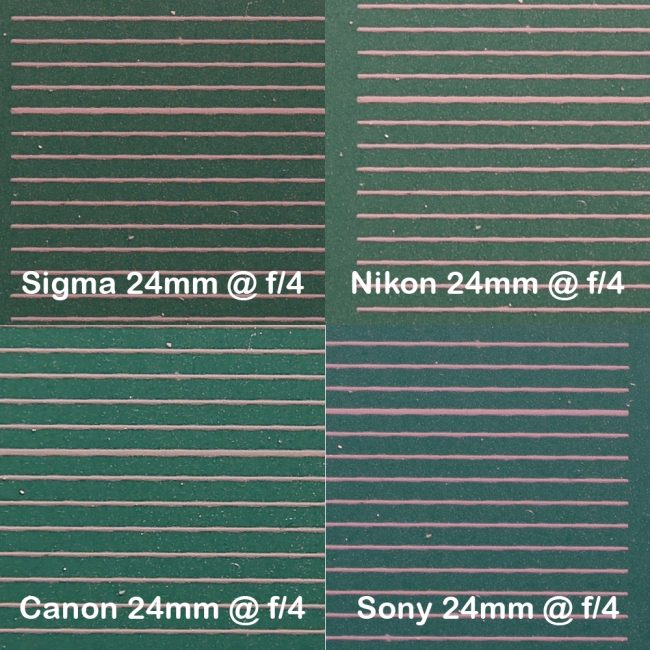
Close up of center at 24mm f/4 (note: the Sony is from Raw converted to jpeg in Lightroom, whereas the others are from camera jpeg files, this was done because the original Sony jpeg from camera was terrible, probably a discussion for another day)
They are all pretty much the same in the center at 100% crop. They are way too close to say one is sharper than the others here.
In the edges, it is another story entirely. The Nikon and Sigma are relatively close and fine. They show softness, but it’s common for a wide angle lens to show that. The Canon is the softest of the lot and looks pretty smudgy, but the Sony is nice and sharp. This one goes to Sony.
Once again, too close to tell. The centers here are all very sharp and clear.
The loser here is Sigma, and the clear winner is Nikon. Sony and Canon both look fine. A strange outcome as intuitively I would think 14mm would be sharper in the corners. What I suspect is that there is some slight bend in the cutting board that shows up more in the narrower field of view and evens out at the wider focal lengths. Not scientific by any means but the board and tripod never moved in testing.
They are both pretty sharp, but the Canon wins this round. I had a suspicion that it might.
While neither is fantastic in the corners at 12mm, the Canon outperforms Sony. Not a huge difference here but a clear winner.
This one is just for fun, but interestingly, once again the Canon is sharp in the center and not bad in the edges. Roger, unsurprisingly, was right when saying that this thing is nice and even all the way out to 11mm and in the corners. Bravo.
Conclusion
To finish this comparison up, I have to say that there’s not a bad lens in this offering. They serve their purpose, and each has their ins and outs, but really you can’t go wrong using any of them. If you need quality, wide range and you’re fine using a tripod; the Canon is the way to go. Need a lightweight lens with pretty good focal range and sharpness? Sony is the lens you want. Nikon is the best overall, in my opinion, seeing as it has the f/2.8 aperture and the sharpness you want even if it doesn’t have the range of the Canon. If you are looking at your budget and can’t get one of these others, the rugged, sharp and all around keeper is the Sigma. The reality is that there is not a single bad lens here. I’ve mentioned my dissatisfaction with Sony’s lens offerings a few times in the past but really, this is a winner that surprised me for how fun it was, and it may be my favorite of the group. The Nikon gets my vote for sharpest in its focal range. The Sigma feels rugged and is pretty well rounded, better than average. If I could own one of these lenses, though, it would be the Canon. My highest recommendation still stands with this lens as it has the greatest bang for the buck in a rectilinear wide angle lens that has minor vignetting and sharpness at all focal lengths. You can’t go wrong with any of these lenses. Get out and Shoot!
Author: Phillip Pettit
I’m a photo technician and video enthusiast. By day, I inspect lenses and cameras as well as assist with gear questions and recommendations and by night, I practice photography and videography for fun and professionally. I’m a tech guy by nature so I enjoy testing all the new gear and giving my impressions.
-
Yair
-
SpecialMan
-
SpecialMan
-
fanboy fagz
-
El Aura
-
Yair
-
TinusVerdino
-
Jo Jundt
-
Phanter
-
Phanter
-
geekyrocketguy
-
Sickheadache
-
Spy Black
-
Astro Landscapes
-
Astro Landscapes
-
Astro Landscapes
-
fanboy fagz
-
fanboy fagz
-
Spy Black
-
Chris Court
-
oscarpinol
-
El Aura
-
Zach Sutton Photography
-
Joshua Richardson
-
RC Jenkins
-
Mark Burgess
-
El Aura
-
Spy Black
-
Andrada Velniciuc
-
Athanasius Kirchner
